Movie patrons of the Fox Theater in Riverside, California were in for a surprise on the evening of September 9, 1939. Expecting to see Gary Cooper’s Beau Geste, they were informed that another film would be shown in its place. In order to stay, they had to agree to not use the telephone. If they left the theater, they would not be re-admitted. The audience soon understood the reason for such secrecy and burst into an “unprecedented outburst of cheering and applause” when they saw the title Gone With The Wind appear on screen.
Nearly four hours later, after the film ended, Selznick and his production associates handed out preview questionnaires. Audience members were asked about such aspects of the film as plot, sound clarity, and specific scenes. Although a few handed in completed questionnaires at the theater, most completed them at home, mailing them back within a week. As expected, the feedback was predominantly glowing: “Gone With the Wind fulfilled. . .every expectation.”
These first impressions are now digitally accessible. Click on the Featured Stories to read about the connections between these questionnaires or search for others above.
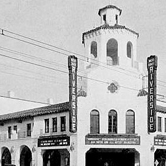
“Thank you for allowing we folk in Riverside the privilege of seeing it first.”
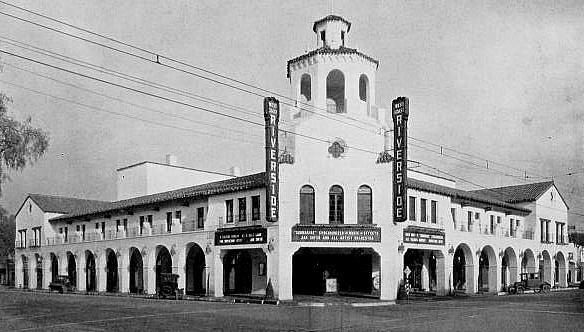
Fox Theater in Riverside, California. 
Lyndon Harp Jr.'s response to film preview. “Thank you for allowing we folk in Riverside the privilege of seeing it first.” From the 1930s to the 1950s, film studios used cities like Riverside, Pomona, and San Bernardino—then largely agricultural areas to preview movies. Rather than testing films in Los Angeles, populated by industry insiders, they showed their films in outlying theaters, asked audiences to fill out preview questionnaires, and used the feedback to make final film edits. In the case of Gone With The Wind, Selznick chose Riverside, a city of about 34,000 with a citrus-based industry. Much of the audience came from four distinct neighborhoods in Riverside: The Magnolia Center neighborhood consisted of small farms and orange groves interspersed with single-family residences. The Wood Streets neighborhood was comprised primarily of single-family homes. The Eastside Neighborhood, one of the city's oldest and largest residential neighborhoods, housed many citrus industry workers. Residents of downtown, the site of the Fox Theater, also comprised a significant portion of the audience. The Riverside audience was diverse. There were bookkeepers, telephone operators, a beauty operator, chauffeur, a manager of a second-hand furniture store, a nurse, and a guitar teacher. Almost all of the responses received were positive, yet several respondents commented that the dialogue in the first scene was difficult to understand. Although the film was almost four hours long, no one complained; on the contrary, many did not want any scenes cut from the movie. Several male respondents thought the movie should have had more battle scenes or information about the war, including Lyndon Harp, Jr. He was born in Mississippi and moved to Riverside with his parents as a boy. His grandparents lived in Georgia and his great-grandfather fought for the Confederacy in the Civil War. At the time of the preview, he was 18 and employed at the Fox Theater. He remarked on his questionnaire, “Now is a good time to play up the hospital scenes and results of the war as hopeless.” He thought the movie needed “more battle scenes and more about the causes of the war and its result.” The movie preview left a lasting impression on him, for his family mentioned the event in his 2007 obituary. Although Riverside was chosen partly because of its agricultural base, most respondents did not identify as agricultural workers. The most important factor for studios was this audience was definitely not “Hollywood.” For Selznick, this perspective would be the demographic that could best help ascertain the impact of the movie on “heartland America."
Contributed by Angela Swift, School of Information Graduate Student and Film Volunteer |
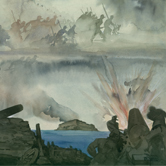
“In view of the world crisis, the less of the battle the better.”
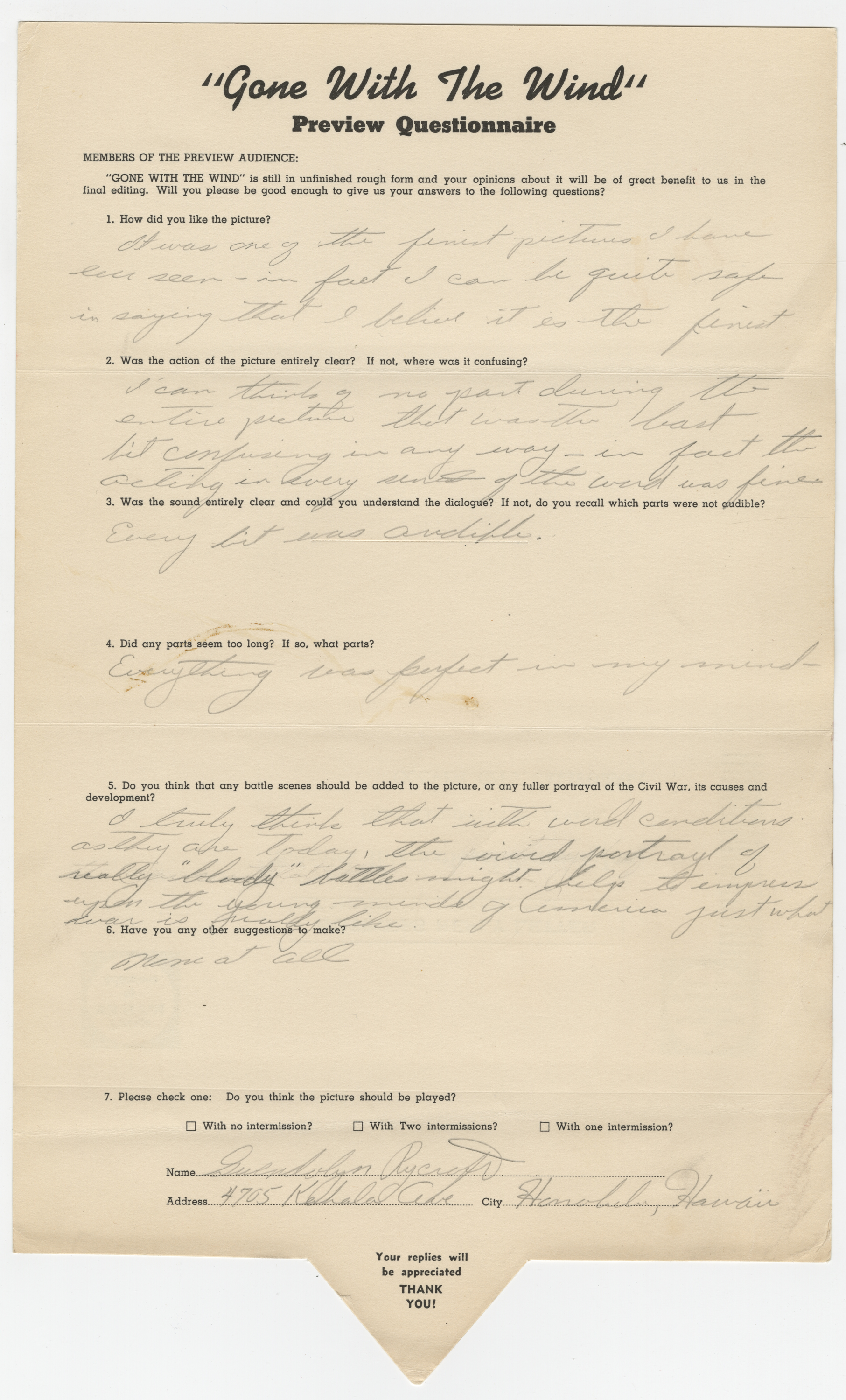
Gwendolyn A. Rycroft's response to film preview. 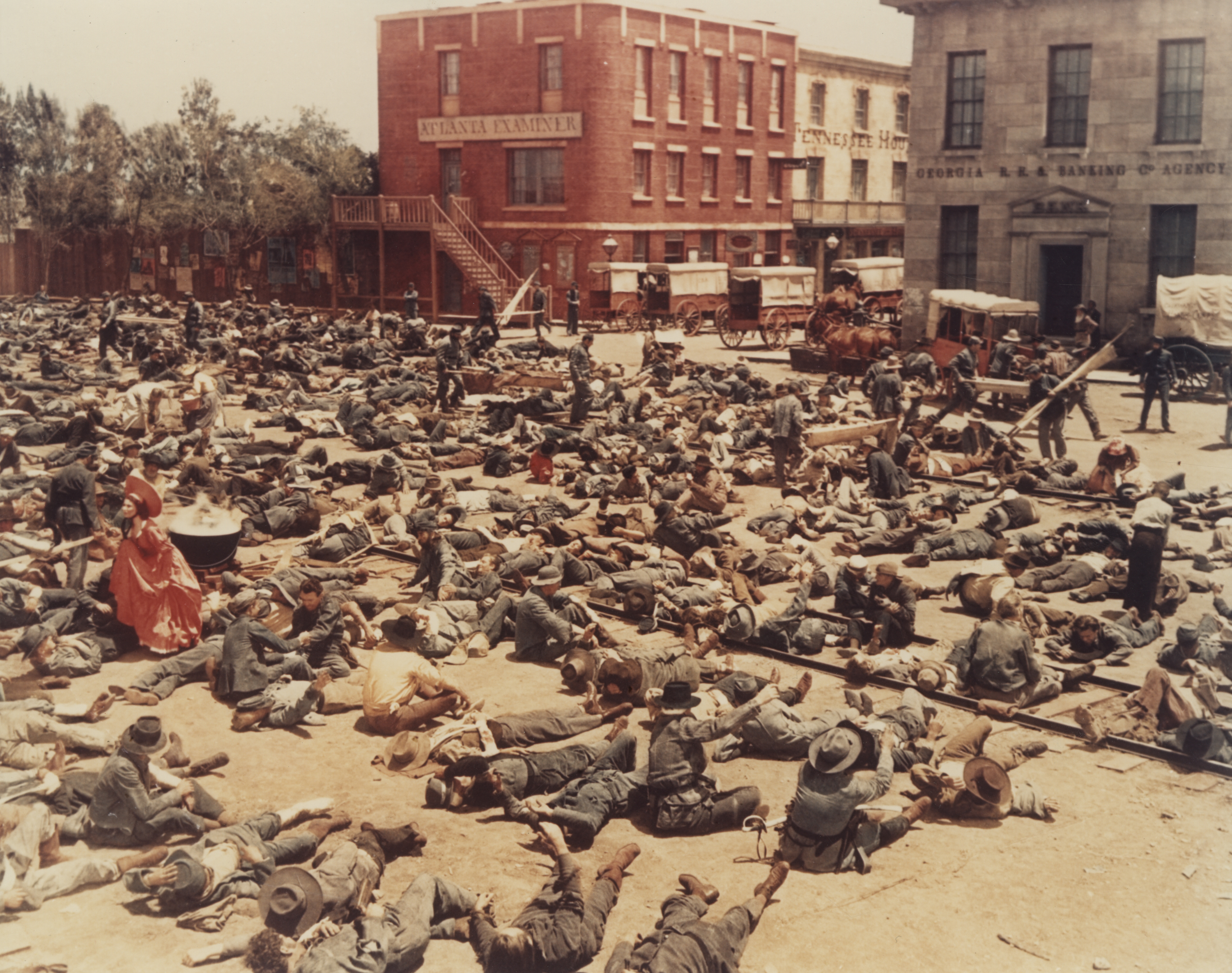
Production still of Scarlett surrounded by wounded in Gone With The Wind. 
Scene conception of "Battle Sequence" in Gone With The Wind. “In view of the world crisis, the less of the battle the better.” Some of the most interesting and varied audience reactions from the Gone With The Wind preview were elicited by the following inquiry on the questionnaire: Do you think that any battle scenes should be added to the picture, or any fuller portrayal of the Civil War, its causes and development? The American public, only a few generations removed from the horror of the Civil War itself and a mere 20 years from the end of World War I, was aware of the war developing overseas. The Nazis had invaded Poland on September 1, 1939, eight days before the preview, and the audience’s answers to the question provide a fascinating insight into the psyche of a nation on the verge of war. Some viewers—primarily men—felt that there could be more action or fighting within the film. “I believe Rhett Butler should have had more fighting or battle scenes,” wrote E. F. Howe. Others believed that important battle scenes, such as the Battle of Gettysburg, should have been shown in more detail to further contextualize the events of the film. The majority of viewers, however, felt that the depiction of battle and war in the film was either “satisfactory” or too excessive. The part of the film that drew the most criticism for being “too long” was the pull-back shot of Scarlett as she crosses the railroad tracks littered with the bodies of dying or wounded rebel soldiers. Today, it is one of the most celebrated shots of the film. Some viewers seemed to be particularly uncomfortable with the emphatic depictions of suffering soldiers. “Battle scenes would help instead of so much display of wounded soldiers,” asserted J. Buchanan in his questionnaire. Other viewers, such as audience member Mary Rich Myers, stated in unequivocal terms that “in view of the world crisis, the less of the battle the better.” In contrast, many expressed the importance of confronting the horrors of war and presenting a realistic image of its consequences. “At this particular time of unrest,” wrote audience member Dora Neuber Wahle, “the hospital scenes should prove an object lesson to our youth who can only see the glamour of war.” Echoed Gwendolyn Rycroft, “I truly think that with world conditions as they are today, the vivid portrayal of really “bloody” battles might help to impress upon the young minds of America just what war is really like.” The spectrum of audience reactions conveys how many viewers saw Gone With The Wind as less of a dramatization of a distant historical event and more as a direct reflection of their current political climate. The hopes and dreams of its protagonists and the horrors of the war they endured held an often-discomforting mirror up to the anxieties of a nation with war looming on the horizon.
Contributed by Bailey Cain, Moody College of Communications Graduate Student and Film Volunteer |
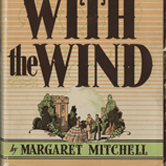
“I appreciated the fact that the picture followed so closely the original story.”
◀ Return to Category Home
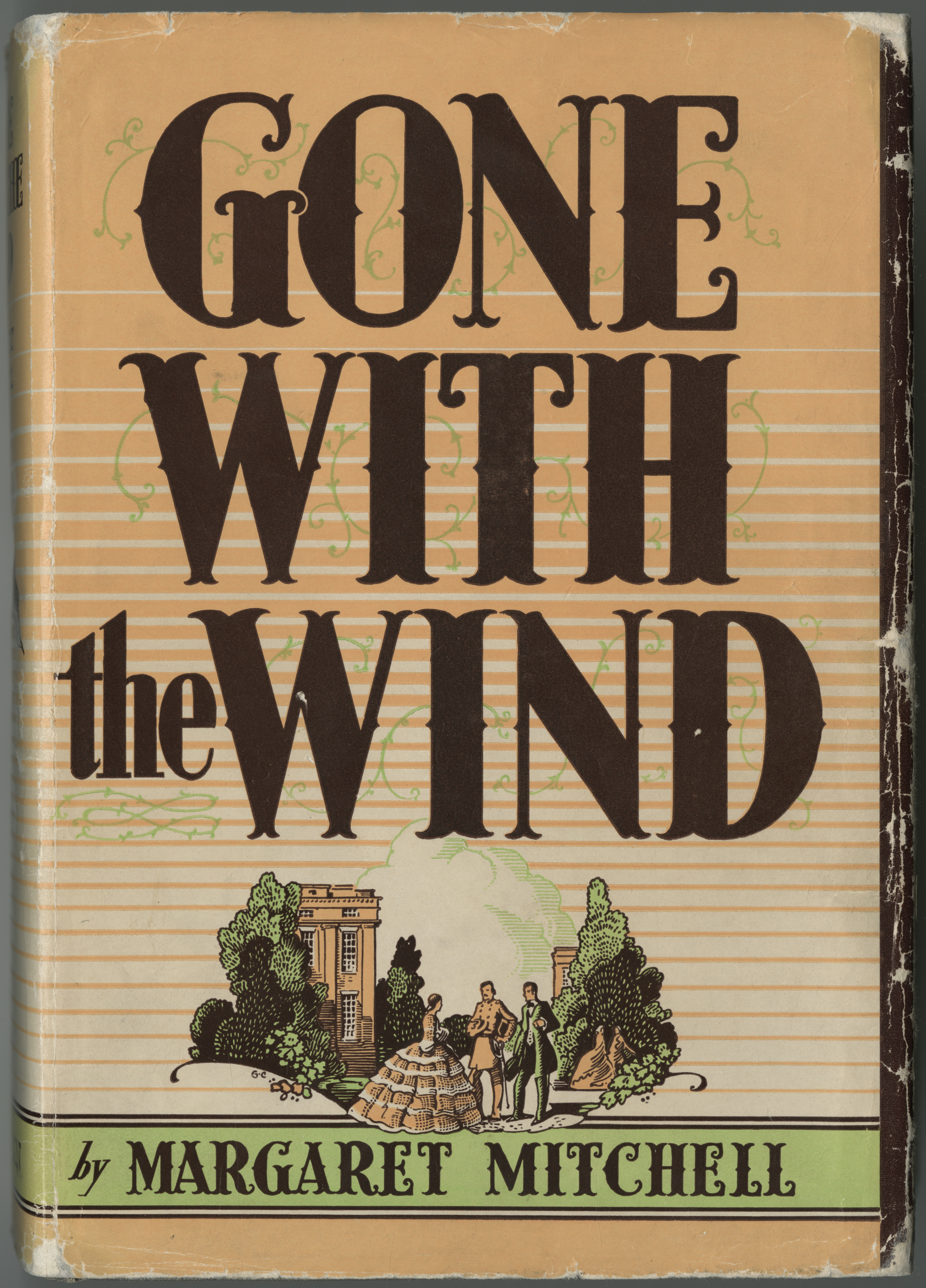
Margaret Mitchell’s Gone with the Wind. 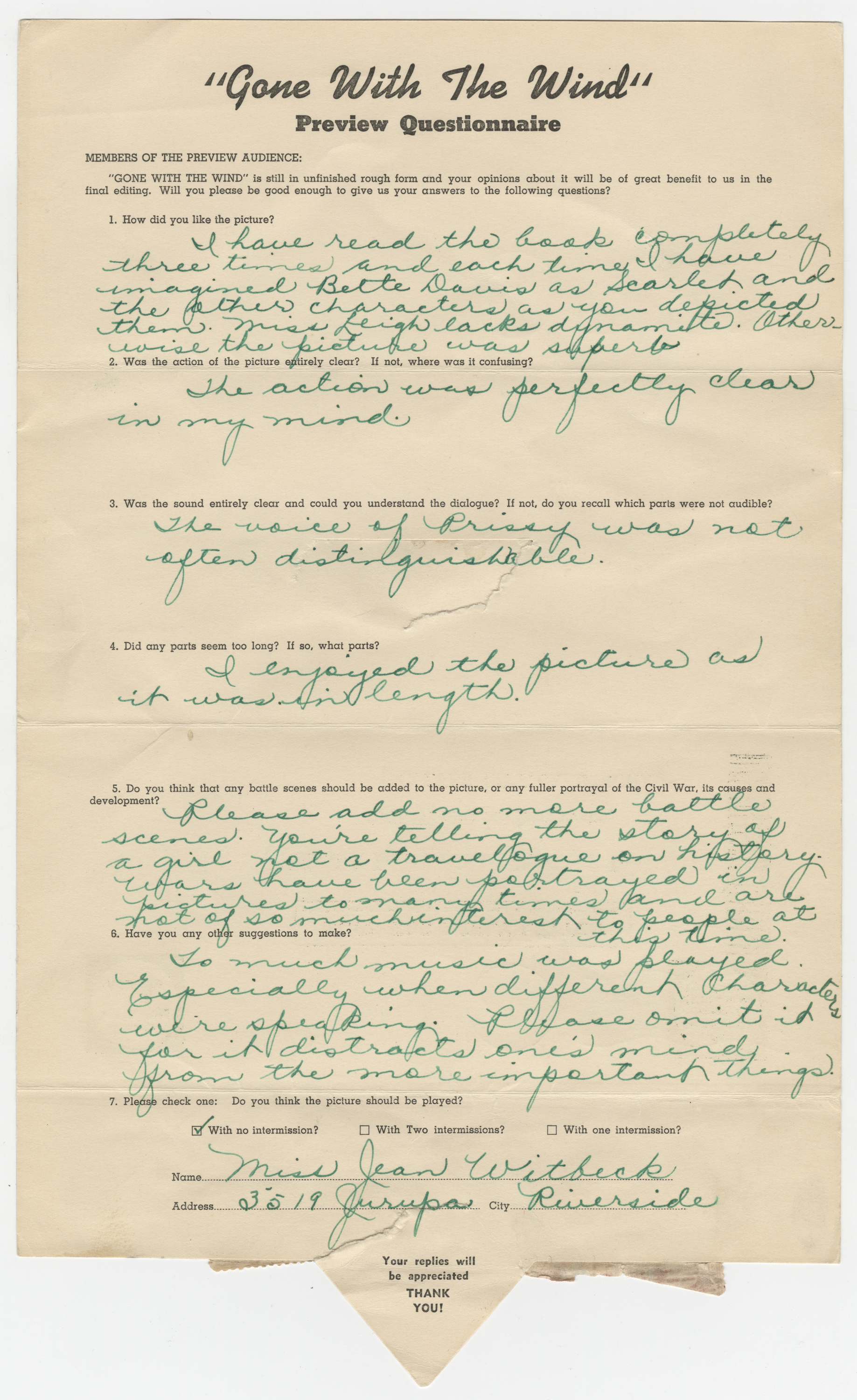
Beverly Jean Witbeck's response to film preview. “I appreciated the fact that the picture followed so closely the original story.” Selznick’s close adherence to Margaret Mitchell’s novel elicited positive reactions from the first preview audience of Gone With The Wind. Many audience members at the Fox Riverside Theater on September 9, 1939, were already very familiar with the story and its characters. Selznick’s approach to film adaptation was born of the conviction that a film studio should make “no attempt to correct seeming faults in a successful novel but to include these seeming faults of the novel with its seeming successes.” To this end, Franclien Macconnell, the studio’s expert on the book, made detailed notes on script drafts about the differences and similarities between the book and film version. Despite Selznick’s intention, controversy and production issues led to some inevitable omissions and abbreviations in the film. The novel’s immense popularity meant that even those who had not read it had some familiarity with the story. In answering the questionnaire, Mrs. J. W. Pierce noted, “I did not read the book but heard my whole family discuss it, I understood it perfectly.” In contrast, R. Charlton Johnson wrote, “I did not read the book and so the introduction of the O’Hara family at the beginning of the picture was somewhat confusing.” For many audience members, Selznick's picture brought to life a book they could only imagine. Lieutenant and Mrs. Claude C. Sturges, Jr. wrote, “This picture is the greatest, most beautiful and most well acted picture I have ever seen. It is so real, so full of life. A more perfect adaptation of the book could not have been produced.” Similarly, Dora Neuber Wahle offered, “It is the finest adaptation from a book I have ever seen, and the cast is perfect, especially the principles.” Nancy Anne Carter wrote, “It was as though I were seeing the same scenery, characters, and actions I had imagined as I read the book two years ago.” For some viewers, actors in the film diverged from what they had imagined. Miss Jean Witbeck wrote, “I have read the book completely three times and each time I have imagined Bette Davis as Scarlett and the other characters as you depicted them. Miss Leigh lacks dynamite. Otherwise the picture was superb.” Interestingly, those who claimed to have read the book did not comment on scenes that had been abbreviated or intentionally removed. The audience responses, particularly from those who had knowledge of the book, paint an interesting picture about the reception of the film adaptation. The connection they shared with the book’s characters—an attachment Selznick clearly understood—informed their view of the film.
Contributed by Matthew Cepeda, School of Information Graduate Student and Film Volunteer |